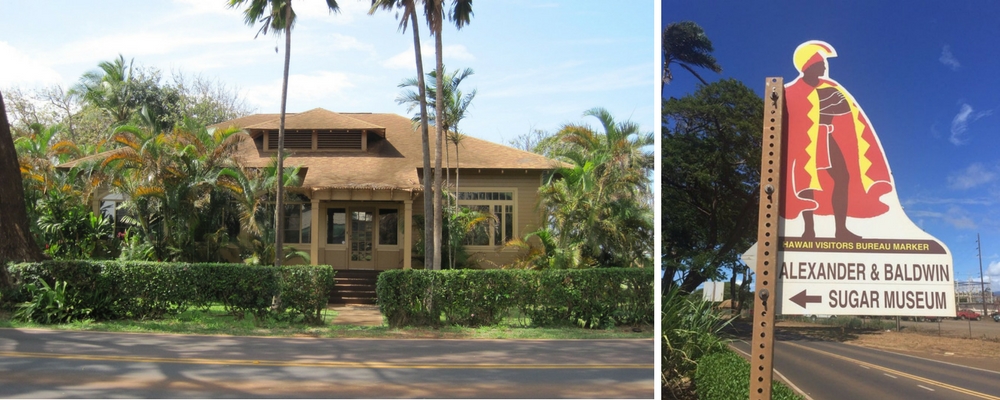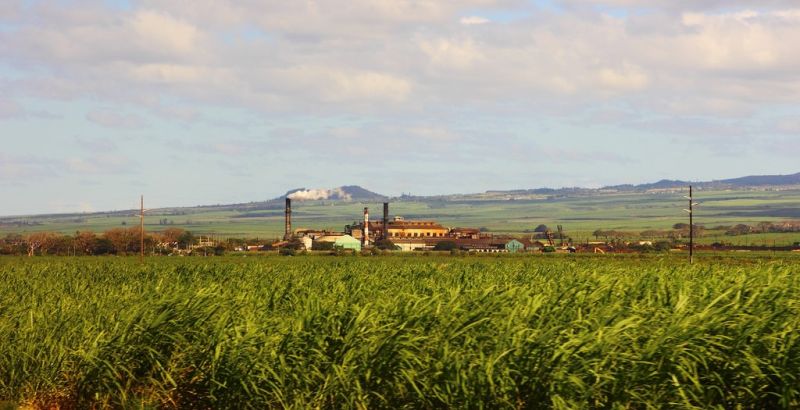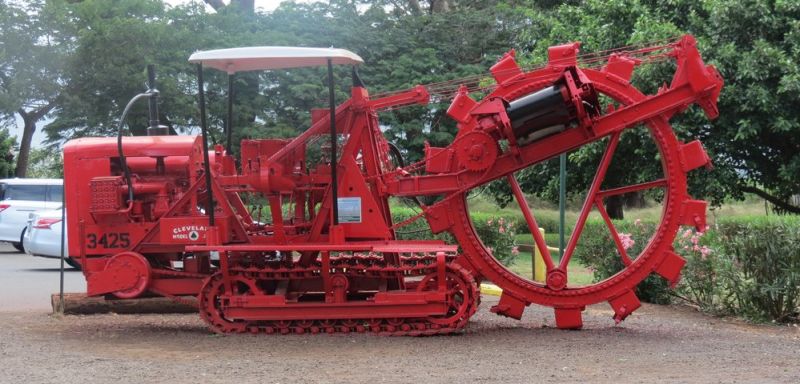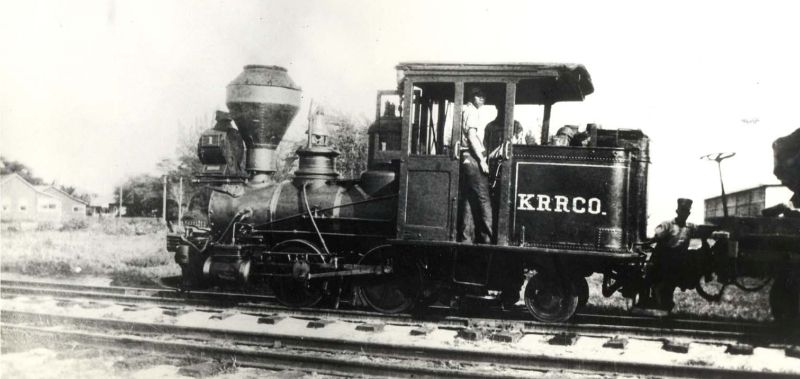
Maui Sugar Museum – A Sweet Taste of Maui’s Sugarcane Era
There’s more to Maui than exotic beaches and extravagant hotels. Those who want to add variety to their Maui vacation stay will find the homely Maui Sugar Museum inviting and educational. Alexander & Baldwin Sugar Museum is one of many attractions on the island that provide a peek at its plantation days and serves as a great introduction to one of the most significant periods in Maui’s agricultural history – the sugarcane era. This quiet, non-profit museum is conveniently located near the airport next to the Pu’unene Sugar Mill. While a stop on your way in or out of town can suffice, the friendly volunteer staff, carefully crafted exhibits, and vibrant history leave lasting impressions that visitors will gladly take with them along with a sweet souvenir or two. Check the hours of work and exhibits.

Indoor Exhibits
Maui Sugar museum itself was once the mill overseers old home built in 1902. Inside, visitors can observe the cogs of sugar production through 6 detailed exhibits. The Geography Room and Water Room dives into the complex irrigation systems and wells that needed digging (and you thought digging trenches for your sandcastle was hard). Sugarcane is a water-intensive crop; it took 500,000 gallons of water to produce a single ton of sugar. Maui’s freshwater resource is in Hana, east Maui, so transporting reserves to central Maui was no small feat.
The island’s population at the time couldn’t meet the global demands of sugar production, so through the early 1900s, workers were brought in from other countries – China, Japan, Portugal, Philippines, all of them looking for opportunity, which sugarcane provided plenty of. Maui Sugar Museum charts this magnificent journey. Lovely trinkets and pottery that immigrants brought with them are encased in the Human Resources Room, symbolizing the cultural “melting pot” of Hawaii.
The Plantation Room provides a glimpse at living conditions with a scale model of a plantation home. If it looks familiar, that’s because it’s a miniature of the very home you’re standing in! Pu’unene was a plantation community in the fullest sense, a community made up of and supporting the immigrant workers who made the sugar trade possible.
The Field Work Room showcases the brutal working conditions on the fields. The mannequin you see cloaked in layers; that was their day to day uniform. Workers were covered from head to toe to ward off insects and the heat. The harvest included the burning of the cane fields, a process that directly pulled sugar from the cane root. If you think it’s hot out, it was scorching for the plantation workers.
The most interactive exhibit of Maui Sugar Museum is located in the Mill Room. Kids will sure get a kick out of it! The display features a locomotive bell (be prepared to hear the toll over and over again), fun-sized models of cane-crushing equipment complete with sound effects, and gorgeous murals of the Sugar Mill in its heyday.
Outside Maui Sugar Museum

Visitors can get a closer look at sugarcane equipment right outside the museum. The cane grab, trench digger, caterpillar tractor, and cane haul are spread across the grounds for instruction and keen photo opportunities. On special occasions, “Claus Spreckels,” the locomotive that ran from Kahului harbor through the mill, pops by for an impromptu stop.

Visitors are exclusively given the chance to experience what it was like working in the cane fields. A tour guide will give a complete rundown of sugar cultivation. Not to fret, you won’t be made to harvest stalks or bake in the sun for long. About an hour max, but bring sunscreen in any case. As always, tourists and locals are free to peruse the gift shop on the way out.
The Sugar Industry Today
Sugarcane operations came to a bittersweet end as Hawaiian Commercial & Sugar Co. ceased production in 2016. Demand had been steadily winding down since its price-drop in the ‘90s, not to mention the environmental hazards of cane-burning that have been a growing cause for concern. The mill’s smokestacks – long an iconic view for residents – no longer emits plumes of smoke, signaling the end of an era. But visitors need not mourn the loss of an economic staple. The industry that took its place? Tourism.
The Sugar Mill may be closed, but Maui Sugar Museum continues to open its doors to the community, providing unique context as to how something as small as sugar could create such a huge impact. Cultivate some time for a visit. A trip to this cozy little museum will surely impart visitors with a greater understanding and appreciation for the culture of Maui to compliment the usual fun in the sun.







